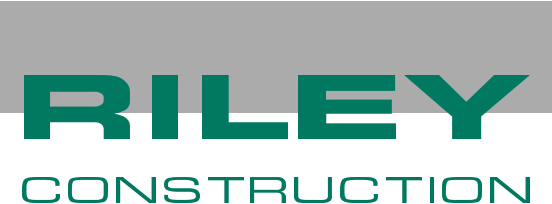 By John Delavan, Vice President of Preconstruction
By John Delavan, Vice President of Preconstruction
And how can it be made even more efficient? That is what Constructability Analysis is all about. It’s a project management technique to review construction processes from start to finish to identify obstacles before a project is actually built. The process maximizes efficiency, minimizes waste, and assures that construction projects are completed on time or ahead of schedule.
Constructability Analysis entails a complete review of all construction documents to identify, reduce or eliminate areas that could result in errors or delays during construction — BEFORE they occur. Constructability Analysis also gives the preconstruction team a chance to find potential areas for collaborative value engineering.
Design Stage
- Review of the design with the Construction Manager, client, consultants and architects/designers to make sure the design is realistic
- Review whether the design can be executed within budget—If not, what can be done to get it to budget?
- Review whether the design will take longer to execute than time afforded to the project—How can processes be sped up without sacrificing quality?
Planning Stage
- Review which materials will be necessary to complete the design, and which are the most cost effective while still achieving the vision
- Review which equipment is necessary to achieve construction, and which can be done without
- Perform a cost/benefit analysis on equipment quantity demands
How Riley Can Help
Projects that go through a Constructability Analysis during the preconstruction phase are more likely to finish on time and under budget. Our knowledge of local construction markets and previous experience with similar projects combine to create the most accurate Constructability Analysis possible. Our preconstruction team collaborates with the team to analyze the various building systems and components from several perspectives including: labor and material availability; procurement and installation time requirements; installation means and methods; and system and material selections. Our goal is to give the design team all the information they need to select and coordinate materials and systems in the context of the entire procurement and construction process.

